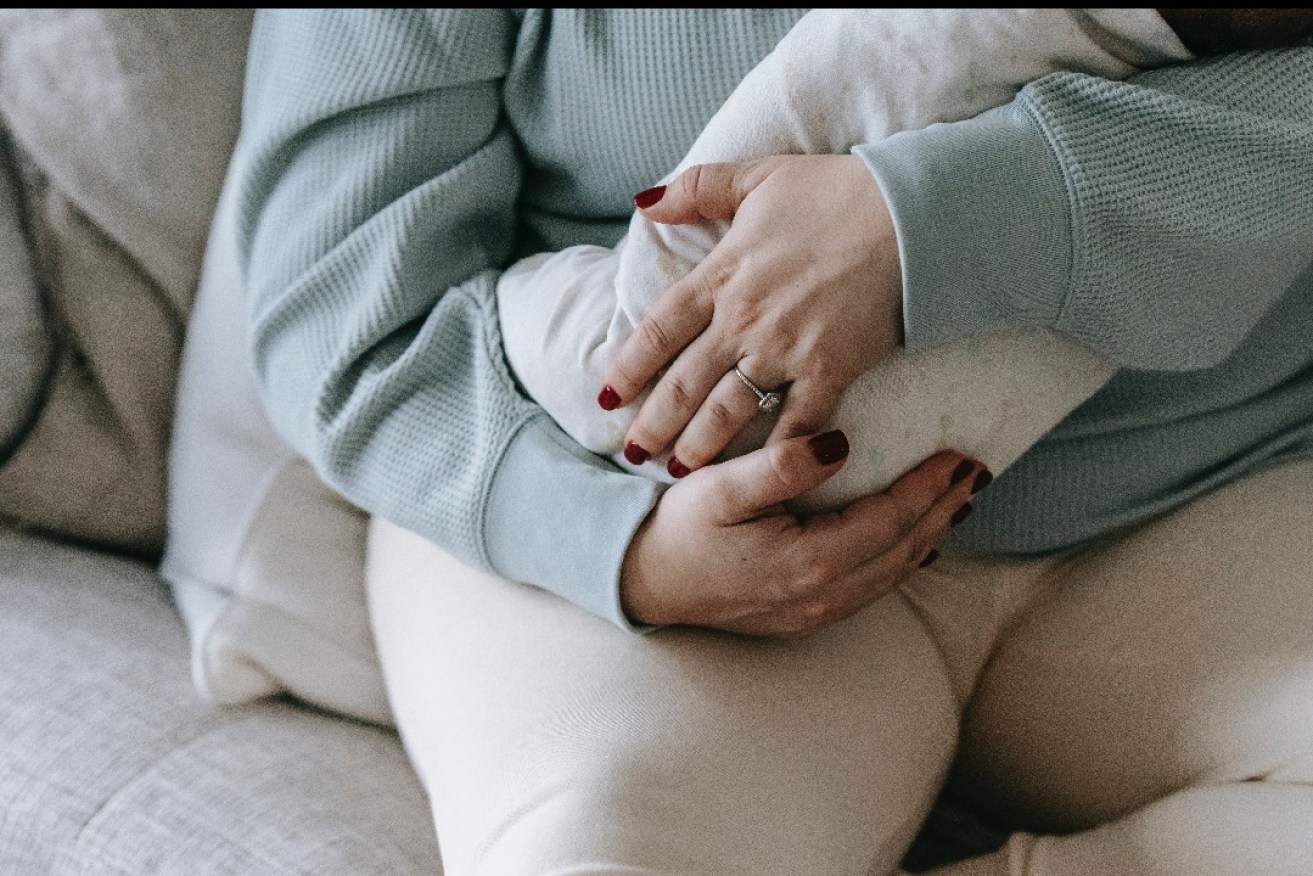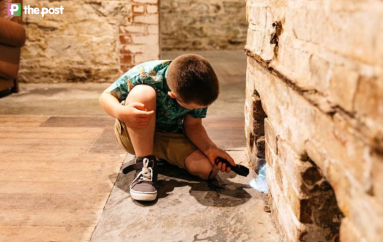Newborn baby taken from mother in ‘flawed’ process: SA Ombudsman
South Australian child protection authorities “pressured” a mother to hand over custody of her four-day-old baby to her estranged partner, in a process the state’s Ombudsman has described as “flawed” and inconsistent with a United Nations convention.

Photo: Sarah Chai/Pexels
In a damning finding, SA Ombudsman Wayne Lines stated the Department for Child Protection (DCP) “acted in a manner that amounted to error” when it asked the first-time mother to sign an agreement to relinquish custody of her newborn baby in early 2020.
Lines told InDaily today the department’s handling of the case “was in danger of it being a coerced agreement rather than an informed one”, and ultimately left the mother in a situation where she didn’t know where her baby was.
According to a summary report released by Lines last month following an investigation, the department intervened after receiving concern notifications about the mother’s capacity to safely care for her child in the days before and after birth.
In response, Lines wrote that the department developed two “safety plans”, which placed the then four-day-old baby in the care of its father, who had separated from the mother and had limited contact with her.
According to Lines, safety plans must be collaboratively developed between the department and a child’s parents, guardians or caregivers, and are considered the preferred option for handling child safety concerns over formal statutory action.
But Lines found the department didn’t collaborate with the mother and instead, “developed the plans separately with the father and presented them to the [mother] for agreement”.
The report stated Lines received “no information to suggest that the [mother] was able to contribute to the terms of the safety plans, or that the department meaningfully sought her input in the process”.
“She (the mother) was under pressure with her estranged partner at the time of giving birth and the Department sort of negotiated – I use that in a guarded way – that the child would go into the care of the father,” Lines told InDaily.
“It seems as if they pressured her to sign an agreement to allow the father to have the care of the child because she was regarded by the DCP people as not being suitable.”
In his report, Lines stated that the mother initially refused to sign the safety plans.
That whole process of getting her to enter (into) the agreement was flawed
He stated that “it did not appear that the department responded to the [mother’s] refusal or advised her of other options”, such as statutory removal through the courts.
“In a sense, what the Department did without formally getting court orders to remove the child was pave the way to advantage the father in looking after the child,” Lines told InDaily.
“They may well be able to say that was in the best interests of the child, but the informality of that arrangement denied the mother the opportunity for the arrangement to be scrutinised by the court under a formal review order or application.
“My investigation identified that that whole process of getting her to enter (into) the agreement was flawed and the department needed to review that.”
According to Lines’ report, the department argued that it did not consider statutory removal to be necessary as the father had made “an assertion of his parenthood”.
But Lines stated he did not find the justification compelling, as “refusal by one parent ought to have been sufficient to consider alternative arrangements”.
There was no external oversight of this arrangement
He added that the mother was “particularly vulnerable in the circumstances” and the department should have offered her independent, professional support to help her better understand the proceedings.
“I think she had a cousin present, but things weren’t really explained to her properly and the end result was that the father then had the child and then in subsequent… court proceedings that worked in his favour to have custody of the child,” Lines said.
“It was a real worry in that I think, inadvertently, the Department was moving to an informal process to place a child in the care of someone other than the mother right after birth and in that way was avoiding a court process which provides some safeguards for ensuring that the bond between the mother and child is not broken.
“There was no external oversight of this arrangement.
“That’s a real worry.”
Lines’ report stated the department “acted in a manner that amounted to error when it developed and implemented the safety plans”.
He wrote that the department also “acted in a manner that was inconsistent” with the United Nations Convention on the Rights of the Child, which stipulates that children must not be separated from their parents “except where competent authorities, subject to a judicial review, determine that doing so is in the child’s best interest”.
“The [mother’s] ordinary judicial review rights had been bypassed and the department had acted in a manner that was inconsistent with the Convention”, he wrote.
Lines said the mother made a complaint to his office about her treatment after trying and failing to raise concerns with the department.
He said at the time, “she did not know where the child was as the father had limited contact with her, contrary to conditions of the safety plan”.
Lines told InDaily that the father still had custody of the child, but the mother now had access.
In response to questions from InDaily, Department for Child Protection deputy chief executive Fiona Ward said she was unable to comment on individual cases.
She said the department “welcomes the insights provided by the Ombudsman in his report and has already taken steps to implement the recommendations”.
Lines’ recommendations include making several changes to the department’s “manual of practice” and safety plan protocols to ensure the department considers offering professional support to vulnerable parents.
He also asked the department to ensure staff discuss alternative interventions with their supervisors if a parent refuses to sign a safety plan, and to issue a “formal communique” on the appropriate use of the plans and the need for parent consent.
“When it’s a fully-informed and supported process, I think it’s quite worthwhile, but there is a danger that (safety plans) can be a substitute for a more formal safeguard of a court order,” he said.
Lines said the department has until February 17 to formally update him on its progress implementing the recommendations.
“The department has taken my criticisms on board and has amended its manual of practice to reflect the recommendations I’ve made,” he said.




